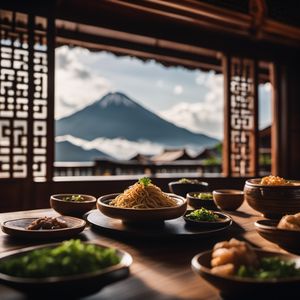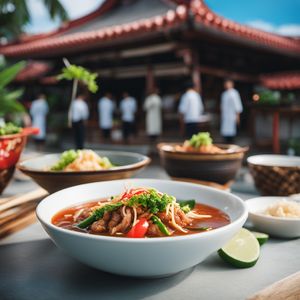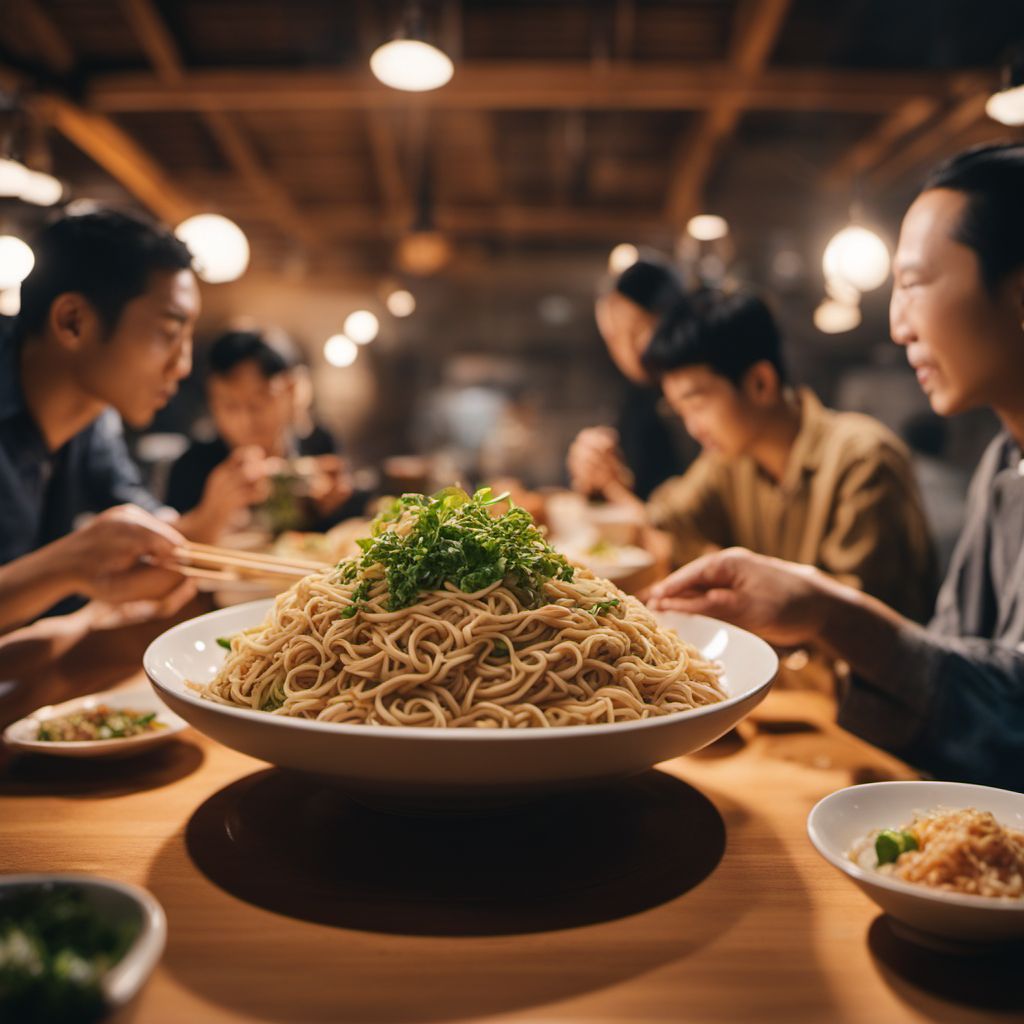
Dish
Hadaka soba
Hadaka soba is a popular dish in Japan, especially during the summer months when the weather is hot. The dish is made by boiling soba noodles and then cooling them down in cold water. The noodles are then served on a bamboo mat with a dipping sauce made from soy sauce, mirin, and dashi. The dish is often garnished with green onions, wasabi, and grated daikon radish. Hadaka soba is a low-calorie and low-fat dish that is high in fiber and protein. It is also gluten-free, making it a great option for people with celiac disease or gluten intolerance.
Origins and history
Hadaka soba originated in Japan and has been a popular dish for centuries. It is believed to have originated in the Edo period (1603-1868) and was originally served as a snack food in the streets of Tokyo. Today, it is a popular dish throughout Japan and is often served in restaurants and at home.
Dietary considerations
Gluten-free, low-calorie, low-fat, high in fiber and protein
Variations
There are many variations of hadaka soba, including adding tempura or grilled chicken to the dish. Some people also like to add grated ginger or garlic to the dipping sauce for extra flavor.
Presentation and garnishing
Hadaka soba is traditionally served on a bamboo mat, with the dipping sauce in a small bowl next to it. The dish is often garnished with green onions, wasabi, and grated daikon radish. To eat, you dip the noodles into the sauce and slurp them up. It is considered polite to make noise while eating hadaka soba, as it shows that you are enjoying the dish.
Tips & Tricks
To make the perfect dipping sauce, use high-quality soy sauce, mirin, and dashi. You can also add a splash of rice vinegar for extra flavor. When cooking the soba noodles, be sure to follow the instructions carefully to avoid overcooking them.
Side-dishes
Edamame, pickled vegetables, tempura
Drink pairings
Green tea, sake
Delicious Hadaka soba recipes
More dishes from this category... Browse all »

Abura soba
Japanese cuisine
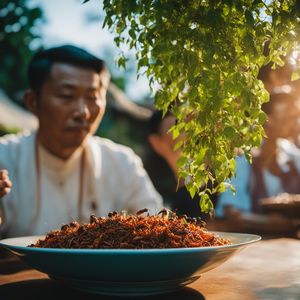
Ants Climbing a Tree
Chinese cuisine

Asahikawa ramen
Japanese cuisine

Biangbiang Noodles
Chinese cuisine

Bibim guksu
Korean cuisine
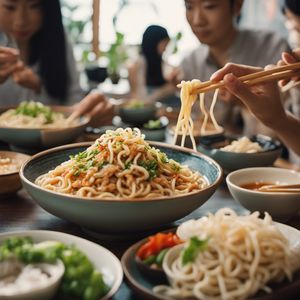
Bukkake udon
Japanese cuisine

Burnt Miso Ramen
Japanese cuisine

Bánh canh
Vietnamese cuisine


